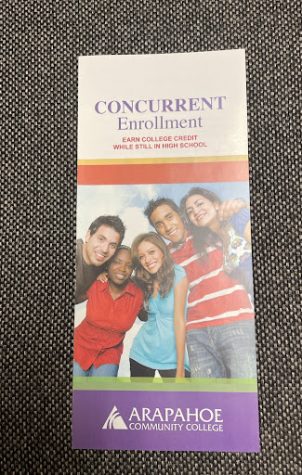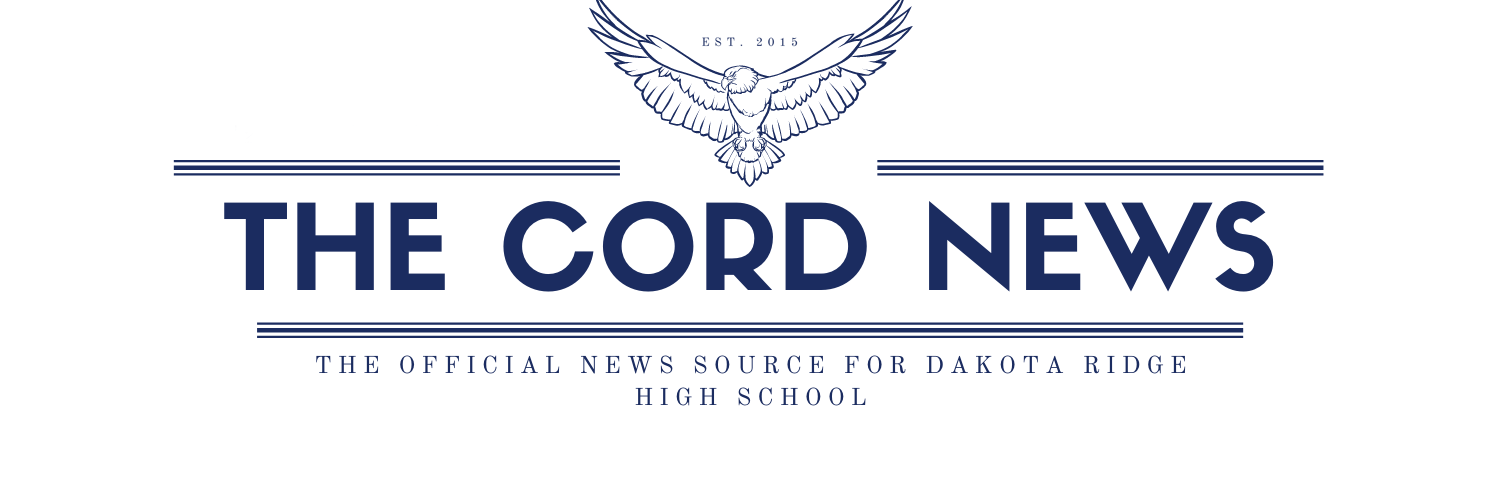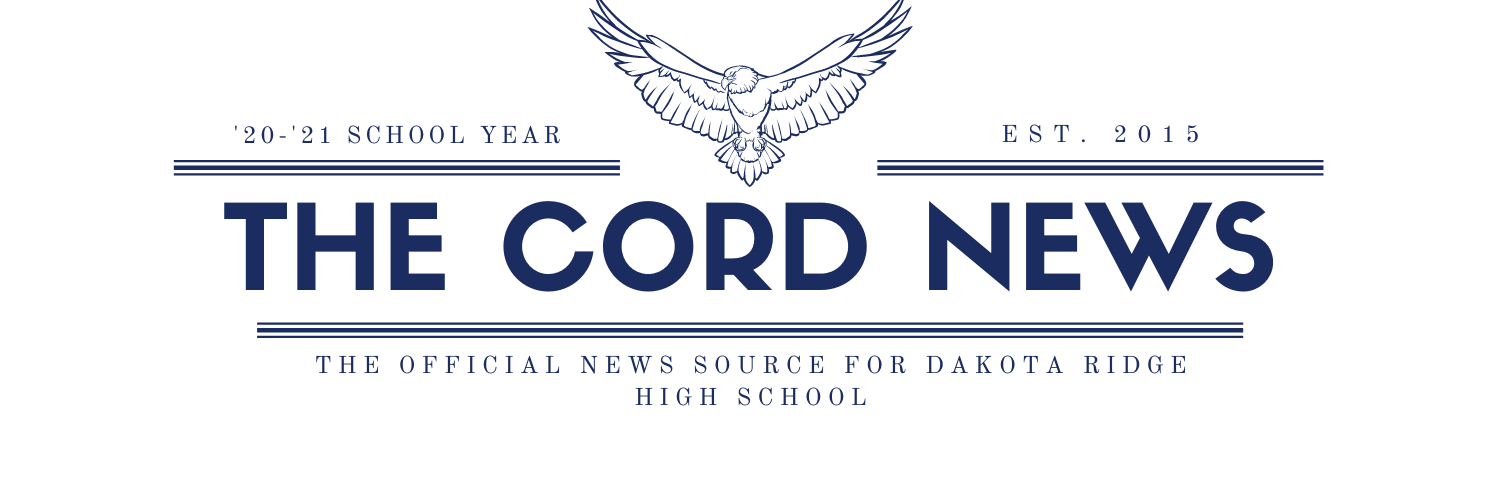Conquer Your College Journey With The Ascent Program

According to CCRC analysis, 8.9 million people have enrolled in community college in 2020-21.
March 30, 2023
Did you know that the work you do in high school can lead to benefiting your college future?
The ASCENT program is a way to help students who are interested in going to community college get their first year paid for if they have earned 9 college credits or more during high school.
“Accelerating Students through Concurrent Enrollment (ASCENT) is a fifth-year high school program that allows students to participate in concurrent enrollment the year after 12th grade, to enroll in postsecondary courses and earn college credit at no tuition cost to them or their families,” according to Colorado Department of Education.
At Dakota Ridge High School, there are many concurrent enrollment classes for students to choose from. Some I’ve taken throughout high school were Photography, Personal Finance, Reporting, English Honors, and Legal Systems. Concurrent enrollment classes benefited me for my future in the ASCENT program. Although this program was beneficial to me, there was stress that came along with it. One of my teachers told me I qualified to join this program, but the teacher’s knowledge of the program specifics was limited. I asked my counselors, teachers, and administrators, but none of them seemed to really know what I was asking. This lack of awareness about the program affects many students. I have taken concurrent enrollment classes since my freshman year, but I only found out about the ASCENT program when I was about to graduate.
“It’s a lack of communication and also a lack of knowledge, understanding about what is offered to kids and how to get them to be a part of the program,” Kim Keller, principal at Dakota Ridge, said.
Taking concurrent enrollment classes is an extremely smart idea, especially if you’re planning to further your education after high school. Before you join the classes, though, it’s important to explore your opportunities. Concurrent enrollment classes are college courses that are free through a high school, but you have to earn a C or above in the class to get the credit. College courses are something to take seriously — in some cases, if you fail the class, you can be fined by the community college that is offering the class.

As said before, if you have more than 9 credits in concurrent classes, you could qualify to get your first year at community college paid for. Not only do students not know about this, teachers don’t know much about it either. This is a lost opportunity for the students and teachers at Dakota Ridge.
The process of signing up for the ASCENT program is long and confusing; you are supposed to be nominated by your counselors. Almost all of the nominees seem to come from the Warren Tech program, so the students who are not enrolled in that program might miss out on ASCENT.
Though some administrators think this information is easy to find, there are no hyperlinks or anything on the counseling website for Dakota Ridge that can assist someone hoping to find this material.
“It really starts with all of those who are on the ACC (Arapahoe Community College) team who do the concurrent enrollment and the CTE classes. That’s where kids get college credits, and what we need to do is have a better process of getting the information out to you guys,” Keller said. “So it starts with us, it starts with the district letting us know the actual points, and then it’s us taking that and giving that to students.”
If you feel this opportunity fits your future, take it upon yourself to ask questions to your teachers and counselors, or even reach out to the community college you are interested in.


